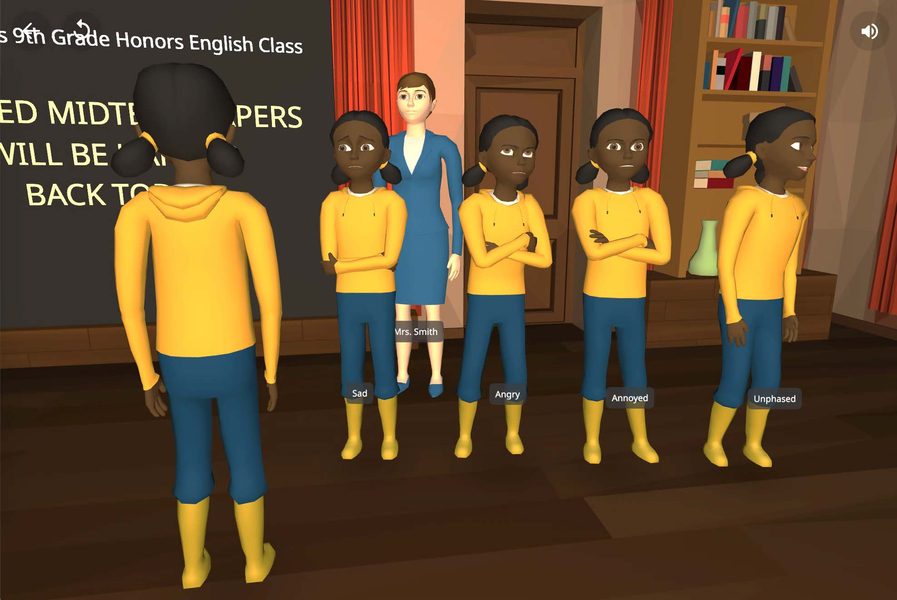Animation is an important aspect of video game design, as it enhances the user’s gaming experience and helps to create an immersive environment. The different approaches to animation in video game design include traditional animation, motion capture, and procedural animation. Traditional animation is a labor-intensive but highly controlled process for creating 2D graphics. Motion capture is popular due to its natural and organic animation but requires significant investment. Procedural animation is algorithmic and reactive to the player’s interactions, making it ideal for creating dynamic and unique game elements. Game developers can choose from various animation techniques depending on their resources and game requirements. Advances in technology will continue to push the evolution of animation techniques, creating even more immersive and interactive gaming experiences.
Exploring the Different Approaches to Animation in Video Game Design
Video games have been an integral part of our modern lives, and so is the art of animation in video game design. With the development of new technology and software, animation has become an essential aspect of creating an immersive environment. Animation enhances the user’s gaming experience as it engages them in the game world, creating an interactive experience beyond just controlling the character.
In this article, we will explore the different approaches to animation in video game design, including traditional animation, motion capture, and procedural animation.
Traditional Animation
Traditional animation is a process of animating characters frame-by-frame manually. In video game design, traditional animation is used to create 2D graphics, such as sprites in retro games like Super Mario. By painstakingly creating each character and environment, animators have complete control over the final output. The graphics produced using traditional animation also adds depth and personality to the game, making it more engaging for the player.
However, producing traditional animation for a video game can be time-consuming and expensive. Creating high-quality 2D graphics require highly skilled artists, and the process can be tedious, limiting the amount of content that can be produced within a given timeframe. Nevertheless, traditional animation remains a valid approach to video game design, especially for games that require 2D graphics, like role-playing games (RPGs) and platformers.
Motion Capture
Motion capture (mo-cap) is a technique used to record the movement of individuals and translate them into digital animations. It involves placing sensors on an actor’s body, recording their movement, and then using that data to animate a character in a video game.
Mo-cap is a popular approach to animation in video games as it offers a more natural and organic animation. The technique captures the human movement and nuances that are impossible to replicate through traditional animation. It also saves time and reduces costs as it can generate high-quality animations in a short period. The realistic animations produced using motion capture also add to the player’s immersion into the game world, creating a more credible environment.
However, mo-cap requires a high level of technological investment and infrastructure, making it inaccessible to small game development teams. It also has its limitations, as the captured movement can be restricted to the actor’s performance, making it hard to create fictional movements and characters.
Procedural Animation
Procedural animation is a technique used to create animations algorithmically through code or physics simulations. This allows game designers to create animations that are reactive to the player’s interactions, making them more immersive and responsive.
This technique is ideal for creating animations, such as water and fire, or abstract movements like physics simulations. Procedural animation allows for almost infinite variations, making the game world more dynamic and less repetitive.
Procedural animation can also be used to create procedural generation, a technique used to generate levels, environments, and characters algorithmically. This technique allows game designers to create a vast number of unique game elements, making each playthrough different from the last.
However, procedural animation can be unpredictable and requires extensive testing to prevent bugs and glitches. The technique can also be difficult to master and require advanced technical skills.
Conclusion
In conclusion, animation plays a vital role in video game design, and there are various approaches to creating high-quality animations. Traditional animation is time-consuming but offers a high level of control over the output. Motion capture produces realistic animations but requires significant technological investment. Procedural animation is algorithmic and provides dynamic, reactive animations but requires advanced technical skills.
Game developers can choose from a range of animation techniques, depending on the type of game they are developing and their available resources. With the continuous advances in technology, we can expect animation techniques to evolve, providing even more immersive and interactive gaming experiences.
